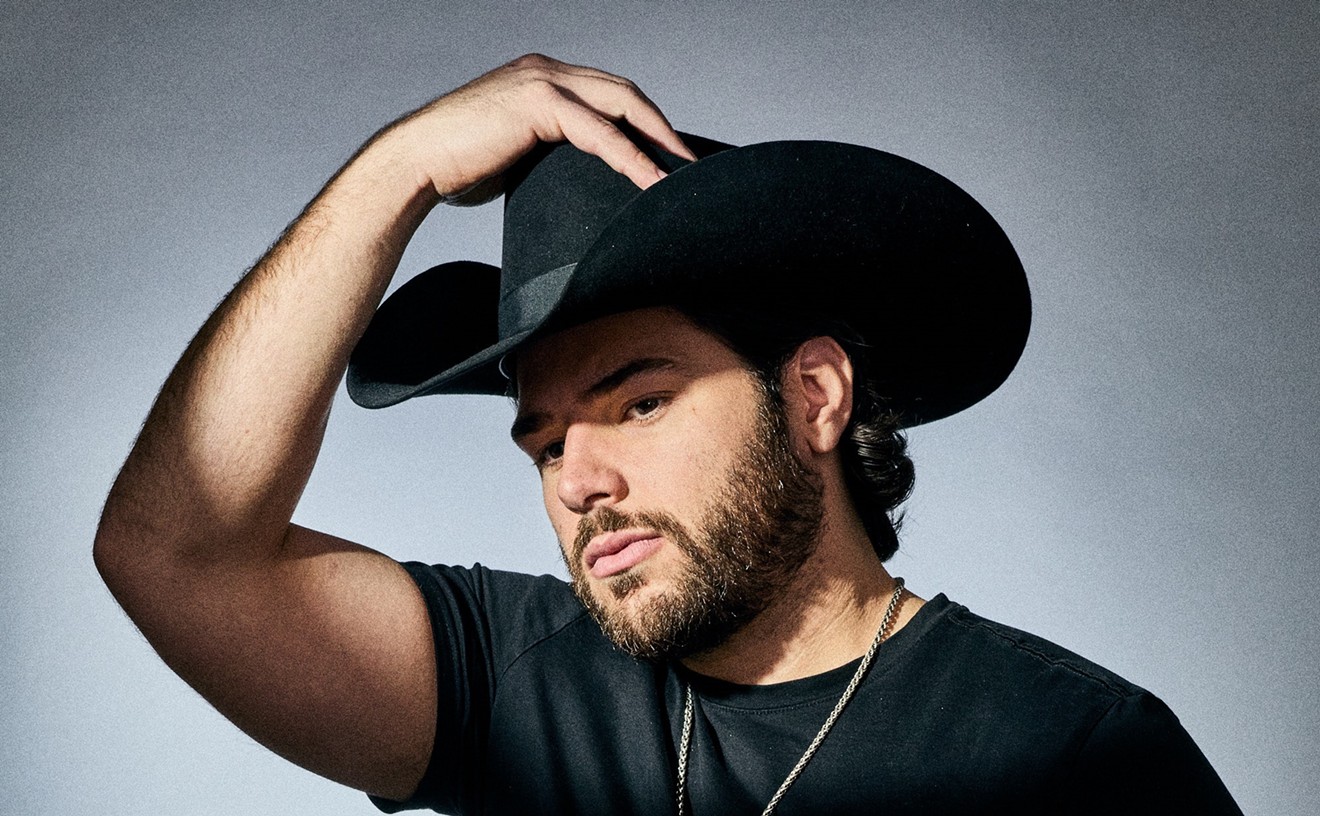"El Orgullo de los Soneros," Septeto Habanero
Like King Curtis offering the musical ingredients of his "Memphis Soul Stew" or Chuck Berry detailing exactly what is and isn't "Rock and Roll Music," Septeto Habanero reveals the magic in their music with a song that also defines the genre in which they work. The Havana ensemble's members are masterful practitioners of son, the guitar-and-percussion-driven music born in nineteenth-century eastern Cuba, and they kick off their most recent album, 75 Years Later, with the above instructions. Not only do those words clue you in to what you'll hear on 75 Years (at least their 100th release), but they also summarize the appeal of the latest batch of CDs on the Mexico-based Discos Coras centsn label.
Discos Coras centsn is among the finest purveyors of contemporary Cuban music played in the classic style of old-school masters such as *ico Saquito and Pepe Sanchez. In addition to the set by Septeto Habanero, Coras centsn has issued beautiful albums by son guitar master Eliades Ochoa and his band Cuarteto Patria (The Lion Is Loose), and by Ca*ambu, an obscure group from eastern Cuba whose Son Cubano: The Rhythm Sticks highlights the percussive capabilities of instruments made from bamboo cane.
A warning to all yanquis: These discs, like most in the Coras centsn catalogue, aren't exactly user-friendly. Although the information-packed liner notes are presented in both Spanish and English, song titles are not translated and there are no lyrics whatsoever. For college-Spanish dropouts or world-beat novices weaned on the Luaka Bop label's Anglo-aimed compilations (on which lyrics are not only translated, but explained), that can be very irritating, as much of son's appeal is in its double-entendre lyrics, which tackle matters of sex and romance in the same lascivious way that horny old bluesmen such as Bo Carter and Blind Willie McTell did back in the Thirties. Really, though, it doesn't matter. Like garbled-English classics from "Surfin' Bird" to "Smells Like Teen Spirit," son does plenty through the sheer force of its collective sound: the almost conversational interplay between the double bass, bongos, and congas; the ringing lines from a tres guitar sailing over a lightly strummed six-string guitar; the steady percussion of clave sticks and giro scrapers; and the impassioned delivery of the vocalists.
The sounds featured on these three discs give you an idea of just how much terrain son artists can cover and the depth of the music's history. For example, Septeto Habanero has been around since the early Twenties. All of the group's original members are dead, but the current lineup's lead vocalist, Manuel Fure, joined in 1952. (For perspective, that's two years before Elvis Presley made his recording debut and more than a decade before the Beatles and the Rolling Stones released their first albums.) Their full-band approach places an emphasis on chanting vocal choruses, the tres playing of Felipe Ferrer, and melodies accented by the trumpet work of Barbaro Teuntor, who turns in some almost majestic solos on "Tres Lindas Cubanas" and "Tincuntan."
Around since 1940, Cuarteto Patria offers traditional Cuban trovas (ballads) in a stripped-down style that leaves ample room for self-taught guitar prodigy Ochoa and his brother Humberto to trade tightly wound leads that work off the former's understated, at times delicate, vocals. Percussion comes from bongo and conga great Roberto Torres. Ca*ambu's music, meanwhile, is all about the beat: Although the double bass, tres, and standard acoustic guitar keep the tunes rolling, the bongos and bass -- both cut from bamboo cane -- clomp and stomp all over the place, creating a racket that is alternately chaotic and controlled, often within the same song.
Though each of these groups has a long history in son, the most amazing thing about their new albums is how vibrant this practically unchanged music remains -- how it can move your heart and move your hips whether you're from Haiti or Hoboken, or you don't know the cha-cha from the Charleston. From the exotic, primal thump of Ca*ambu's "Guaguanc cents a San Luis" -- on which Aristides Ruiz Boza's vocals pierce through the dense sheets of bamboo percussion -- to Ochoa's gorgeous, pleading rendition of "Lagrimas Negras" and Habanero's soaring take on "Tres Lindas Cubanas" (both songs are nearly as old as son itself), these albums represent the continuing impact of Cuba's greatest musical commodity and the enduring vitality of its legacy.
Coras centsn discs are distributed by Rounder Records, 1 Camp St., Cambridge,










